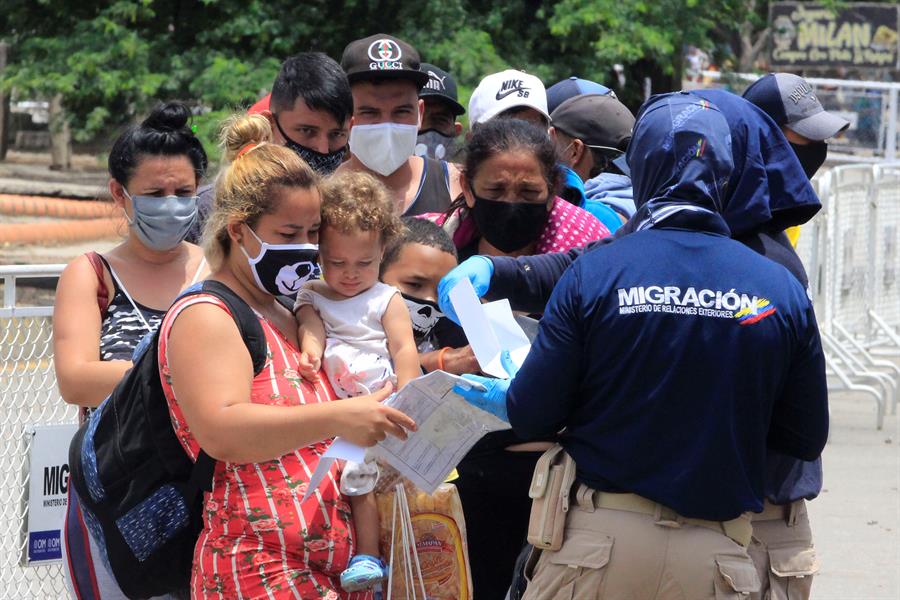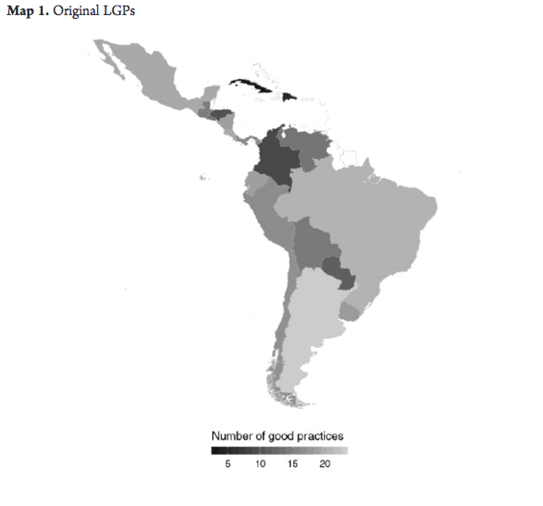MULTIMEDIA
Refugee Rights Across Regions: A comparative overview of legislative good practices in Latin America and the EU

This article was originally published on the blog on Refugee Law and Forced Migration of the Refugee Law Initiative.
By: Luisa Feline Freier, Universidad del Pacífico (Lima, Peru) and Jean-Pierre Gauci, British Institute of International and Comparative Law (London, UK). This text is based on excerpts of their paper (of the same name) published in Refugee Survey Quarterly and available
here.
Oct 12, 2020.- Philippe Lavanchy, former Director of UNHCR’s Bureau for the Americas, stated in 2008 that “Latin America displays the best laws and the most generosity for refugees in the world”. In 2015, Marco Formisano, Executive Assistant for the Directive of UNHCR’s Bureau for the Americas, similarly reasserted, “Latin America, and particularly Argentina, have the highest protection standards for refugees in the world”.
This suggests that other parts of the world may have much to learn from Latin America. In parallel, academics and policy-makers have long called for cross-regional comparative analyses of policies and laws to allow different regions to learn from each other’s best practices. However, thus far, there has been little discussion on what such an analysis might look like.
Departing from the claims of UNHCR officials that Latin America displays the “best laws and the most generosity for refugees in the world”, in our recent article “Refugee Rights Across Regions: A Comparative Overview of Legislative Good Practices in Latin America and the EU”, we juxtapose Latin American refugee laws with European Union (EU) protection standards, based on the legislative good practices (LGP) UNHCR has identified in Latin America. We organise the analysis across three areas: (i) Core Principles and Scope of Protection; (ii) Procedural Safeguards and Guarantees for Vulnerable Groups; and (iii) Integration.
We compare EU protection standards, which are binding for Member States, with Latin American domestic refugee laws, given that the majority of regional instruments on refugee protection in the region are non-binding. This detailed legal comparison provides a solid empirical basis for the cross fertilization of best practices between the EU and Latin America, especially in the context of recent policy reactions to forced displacement, such as that of Syrian nationals to Europe, Venezuelans across South America, and Central Americans towards Mexico and the US.
The gap between Latin American legislations and European Union protection standards is closer regarding procedural safeguards, the protection of vulnerable groups, and integration provisions. Latin American countries, on average, score significantly below the European Union regarding the core principles of asylum and the scope of protection. A number of LGPs in Latin American refugee laws are truly exceptional and merit more international attention, such as protection granted on the basis of gender, or natural disasters and climate change; group determination of refugee status; expansive non-discrimination clauses; the immediate right to work for asylum seekers; extensive understandings of the family; and provisions on documentation.
Our analysis suggests that Latin American countries should look to the EU in revising and strengthen their legislation regarding core principles of asylum and scope of protection, whereas the EU should look to Latin America for LGPs in the area of socio-economic and political integration. Neither side is perfect and even in areas where one regional surpasses the other, concerns continue to be raised. In both regions, the ability of the system to deal with larger inflows of migrants is questioned as recent dynamics have highlighted.
At the same time, there is significant variation in the incorporation of the LGPs across Latin American countries (as shows in Map 1) and in the practical implementation of the rights enshrined in the relevant instruments at the EU level. Further research should explore the determinants of different (applied) legal standards both within Latin America and the EU respectively and in cross-regional comparison.
We hope that this research will also encourage more comparative analyses of policy implementation and gaps, including the political reactions to situations of mass displacement.
The full article on which this blog is based is available here.
